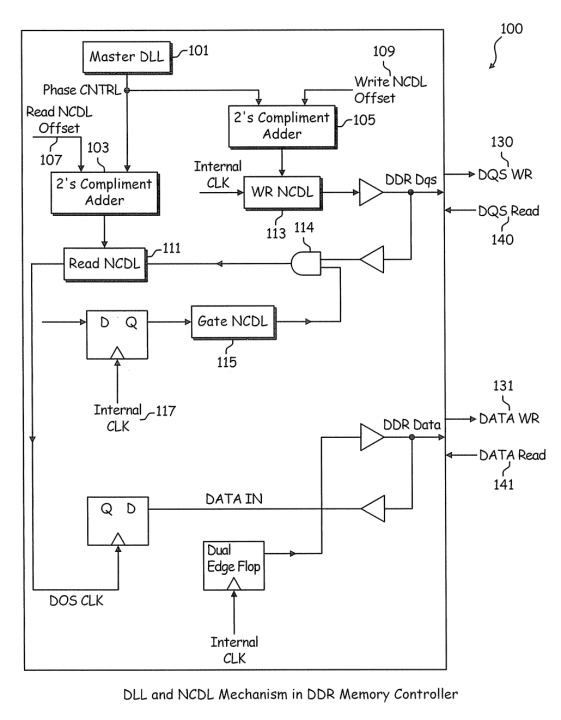From Sunday, February 18th through Wednesday, February 21st, Eric Podlogar, ktMINE’s IP Strategy & Valuation Market Lead, and Courtney Conn, ktMINE’s Business Development Consultant, joined over 1,700 attendees at the Annual Association of University Technology Managers (AUTM) Conference in Phoenix, Arizona. The annual meeting brought together over 800 organizations from over 30 countries around the world.
Technology Fosters Hope for the Future
At the Opening Keynote Address, AUTM’s President, Mary Albertson, and AUTM’s CEO Stephen Susalka, talked about the influence that TTOs have on the world. People are creating technologies that are helping societies, and AUTM is playing a major role in helping these technologies grab a foothold and expand into the market. A new AUTM logo and tagline were introduced, as the organization strives to to be more inclusive of people outside of the university space.
Dean Kamen, inventor of the Segway, iBOT, and many other inventions, gave the main presentation at the keynote address. Throughout his speech, Kamen mentioned the word ‘hope’, and called on the audience to be a part of a movement toward helping kids realize that science and math are just as influential as sports and fame. He also touched on how innovation isn’t just about creating new technologies; it is also about finding the right partners with which to work.
TTOs and Corporations are Creating Stronger Relationships
During the conference, we had the opportunity to sit in on the “Creating a Comprehensive Partnering Strategy: Corporate Relations + Technology Transfer” seminar. During this session, several universities shared their thoughts on how to build relationships with corporations as well as how to develop an approach to expand their expertise. The moderator, James Zanewicz from Tulane University, detailed how his university is starting to work with other TTOs to combine resources. All in an effort to develop a stronger approach for both building a relationship with corporations as well as using their resources to build stronger offices.
In addition to working with other TTOs, the panelists also talked about how they are taking new steps in their approach to working with corporations. In agreement with Kamen, the panelists mentioned that it is no longer all about building new technologies, but the need to build relationships with companies. There are many ways universities can benefit from working with corporations. In addition to quickly introducing technologies into the marketplace, corporations can provide insight into new challenges that currently do not have solutions. TTOs can then prioritize their resources to create new inventions to address these problems. These relationships are important especially for those institutions that are interested in maintaining (or attaining) their R1 research classification.
For example, during his keynote address, Kamen talked about the development of the iBOT (a powered wheelchair), and the relationship he had with Johnson & Johnson. While the company was very interested in promoting the product, Johnson & Johnson wasn’t familiar with transportation technology. Kamen then developed a relationship with Toyota, which facilitated the introduction of the product into the market. Toyota created commercials for the 2018 Winter Olympics focusing on the theme of “Start Your Impossible”, where they showcased advanced technologies in the last few seconds of each commercial, including the iBOT.
The Impact of Federal Budgets
Throughout the event, there wasn’t much discussion regarding how funding at the federal level was driving activities. Most attendees observed that any policy or budgetary changes implemented in the current administration are not expected to impact the market for another couple of years.
However, TTOs are also impacted by more than just Federal funding. Some entities are facing significant challenges, especially those that reside in states that are struggling to balance their budgets. It may be interesting to observe if there is a shift of resources from these struggling entities to those that have a more firm financial or budgetary status. If we are on the precipice of a contraction of research activities, it will be interesting to see if the TTO/industry relationships are strong enough to offset any perceived budgetary shortfalls.
Overall, AUTM Annual is a great resource for TTOs to connect with other organizations and inform attendees on different approaches to their workflow. There was a strong presence from life sciences companies: It was interesting to learn how companies like Merck, Pfizer, Elanco, and others work with TTOs. This could be a strong indication that TTOs are building relationships in this space and exploiting the life sciences segment as an avenue to promote their technological efforts. At the very least the relationship between TTOs and their industry partner is an interesting symbiosis.





